Concrete forms release agent – needed?
I am considering building my own forms for a concrete strip footing and short wall. I would like to recycle the forms lumber for the building framing. I have concerns about air quality and toxicity of any residual release agent left on the lumber.
Some have successfully used no release agent, PAM (or similar) cooking spray, canola oil.
Some questions come to mind:
1. Is it mandatory to use a release agent on the form lumber?
2. If I have to use a release agent, what kind of products will not leave a residue (toxic, VOCs, etc) on the lumber?
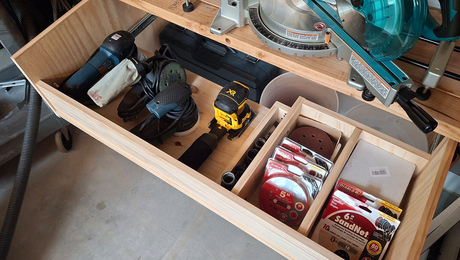
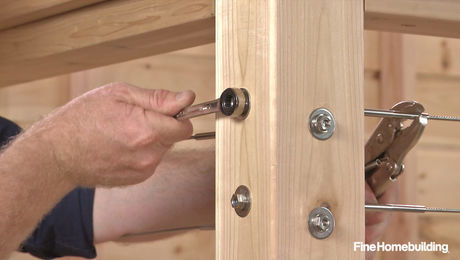
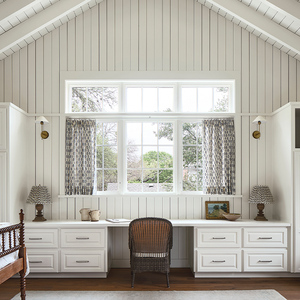
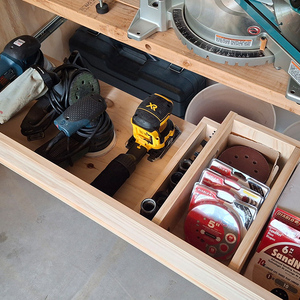
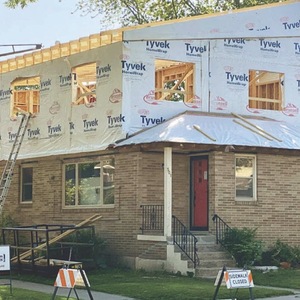
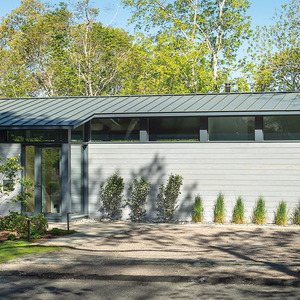













Replies
The plywood will release without the use of an agent. Not as pretty, but it will come off OK. So I'd recommend no agent. Having an odor on the old forms/new floor isn't nice. I know this thanks to the chuckle head who built my house. He heavily soaked the ply and then used it as subfloor... oiled side up for the most part! I've coated it with one coat of BIN and will do another before the wood floor is installed. What a pain.
But you should ask yourself, "How much money will I save?" Me... I'd have to save a lot to put up with the hassle of working with nasty ply for the duration of the house's life.
One thing you can do is give the forms a light coat of some sort of sealer before setting the concrete.
No oil needed
If you are able to strip quickly, i.e. the next morning, you will have no problem pulling and cleaning lumber forms. I would not use form oil if you are going to use the material in your framing.
If you strip early, help the concrete cure by spraying it down with water a few times a day for a little while.
gee Whiz, if thats the case, you had better never go in a basement or any modern office building for that matter.
I think if we can avoid introducing air pollutants into newly constructed space we should strive to do that. There is one chance to get the build done right, so avoiding the introduction of CFCs, formeldahyde, fibreglass 'dust', concrete dust, etc into the building is a smart practice (regardless of regulatory requirements).
You also might check for urethane coated concrete form plywood. The urethane coating acts as a release agent. However, concrete form plywood may have different structural specifications (glue longevity, sheer strength, etc.) and restrictions for formaldehyde content than ordinary or structural plywood, so you should check all the ratings if you plan on recycling the plywood in parts of the house. (I'm going on experience from the case in Japan, and every country has different regulations for these things, so it's best to confirm first.)
About Japanese Plywood.
Stem wall?
Sounds like you are doing a stem wall. You can strip your forms 24 hrs. after the pour if you want . Misting the walls for a few days, however is not enough. Concreet needs 28 days to cure. In the first 3 -4 days of that the heat of hydration, plus hot weather can cause the walls to crack . As it cools later in the cycle and cooler wheather it wiil develope shrink cracking. To control both of those issues you need to keep the wall moist for 7 to 14 days. The moisture control is ussually done by leaving the forms in place for 7 days minimum, but since you are strippin early, you need to drape the walls with burlap and keep it wet for that period of time. (hard to do in hot weather, but better than just misting a few time durring the first couple of days.)
6mm poly - a solution?
Another idea... I am considering placing 6mm poly vb under the footing, around the sides and up the sides of the wall (< 2ft high). This would protect the form lumber, provide me with a moisture barrier (though footing is on sand), and perhaps give me the moisture control for the cure. After the cure I could trim the plastic to grade level. Will the plastic sheet help me with cure or will it be detrimental?
6 mil plastic
Plastic under the footing would be no different than plastic under a slab. I think running up inside a formed wall would be problematic. You will likely end up with wads of plastic and possibel voids in the wall as the plastic pulls loose durrin the placing of the concrete.
The sand under the footing, if you are in a coastal area may be acceptable, but in most places footings must be placed on undisdurbed soil or soil that has been compacted to a modified proctor of 95%+. Perimetr drain tiles are used for ground water control and products like RubberWall and other coating systems are used after the pour for damp proofin or water proofing the wall itself..
For moist curring a concrete wall, the best method is to leave the forms in place for sven days minimum. Since you are going to wreck the form the following day or so after the pout, that is not possibel. The next thing in line would be buying a large roll of burlap. Darpe it over the poured wall, soak with water and the cover the wet burlap with concrete blankets to slow evaporation of water from the burlap.
Fo a 2' stem wall, I would call a concrete sub with alum. forms. He can set and pour your walls faster than you can form and pour the yourself, plus you have no material loss from forming, and no worry about form oil on lumber you wish to reuse. I use to figure from 15 to 25% material loss on forming walls with lumber or plywood if bought specifically to be resude on the house.
The 6mm plastic option
The 6mm poly could be wrapped over the top of the form (2x lumber), stapled, and secured with a nailing strip on the outside edge of the form. Do you think this would create a smooth plastic enclosure to encase the concrete while being supported by the forms?
Is there any harm to the concrete cure by keeping the footing and wall, except the wall top, wrapped in plastic?
If there is no harm to the concrete then i will ask the plumbing inspector if they will accept the application of plastic for damp-proofing.
There is no harm to wrapping concrete in plastic during its cure, or forever.